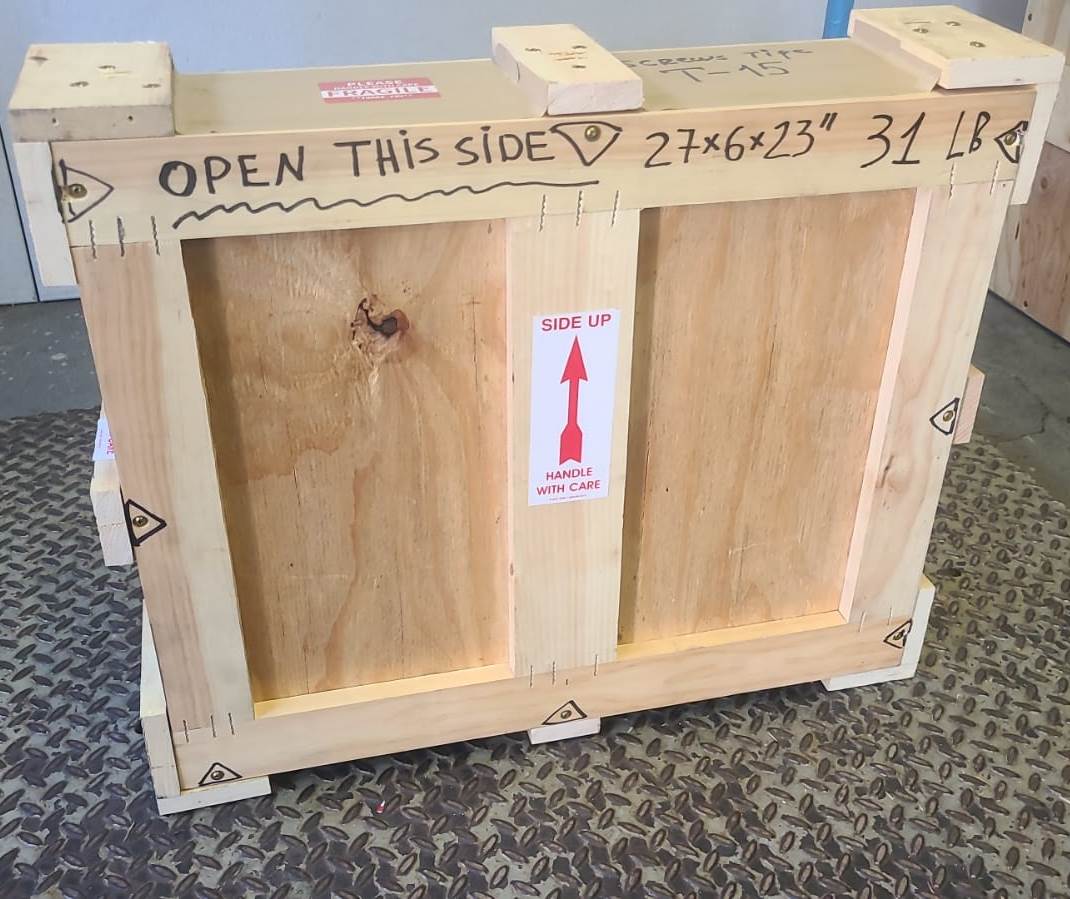Transportation of fine art objects requires care and consideration that only professionals can organize with due attention to detail. While most paintings of regular shape and size can be packaged into a soft pack for safe shipping, things are different for three-dimensional art objects, old and fragile works, and other artworks requiring exceptional protection. This is when you need an art crate, which you can make on your own or order crating from an expert art shipping company. Here are the ins and outs of creating customized art crates for your valuable property.
Customized Crates
You may believe that top-tier packaging and cushioning materials will be enough to protect the delicate art object from physical shocks and damage. However, if you are shipping highly fragile art objects over a long distance, custom-built crates are a must, as they match the type and dimensions of your items and can provide ultimate protection even during long-term storage or transportation. We always assign skilled carpenters to art crate construction, so clients get sturdy, secure crates customized to their artwork’s size and shape.
Art Crate Construction ABCs
The standard set of materials for art crate construction, whether in the DIY format or at a professional shipping company, includes:
- Plywood sheets of specific dimensions
- Wood boards
- Wood glue
- Screws
- Mechanical or electric saw
- Drill
- Styrofoam board sheets
The boards usually come in standard sizes, so they need to be cut with a saw to meet the artwork’s dimensions (don’t forget to add the needed space for the artwork’s packaging and cushioning material). Next, you will need to assemble the frame from thicker sideboards and then add the thinner plywood boards to the crate’s sides.
An art crate usually has two sides, each constructed with specific purposes in mind. The inner layer is polished and properly cushioned so that the art object doesn’t get damaged. The outer layer is made with sturdy materials to protect the inner content from physical shocks.
Please don’t forget to double-check the requirements for wood and crate assembly that your shipper may have. International shipping companies set specific standards for crates they’re ready to transfer, so you shouldn’t rely on guesswork in this aspect.
